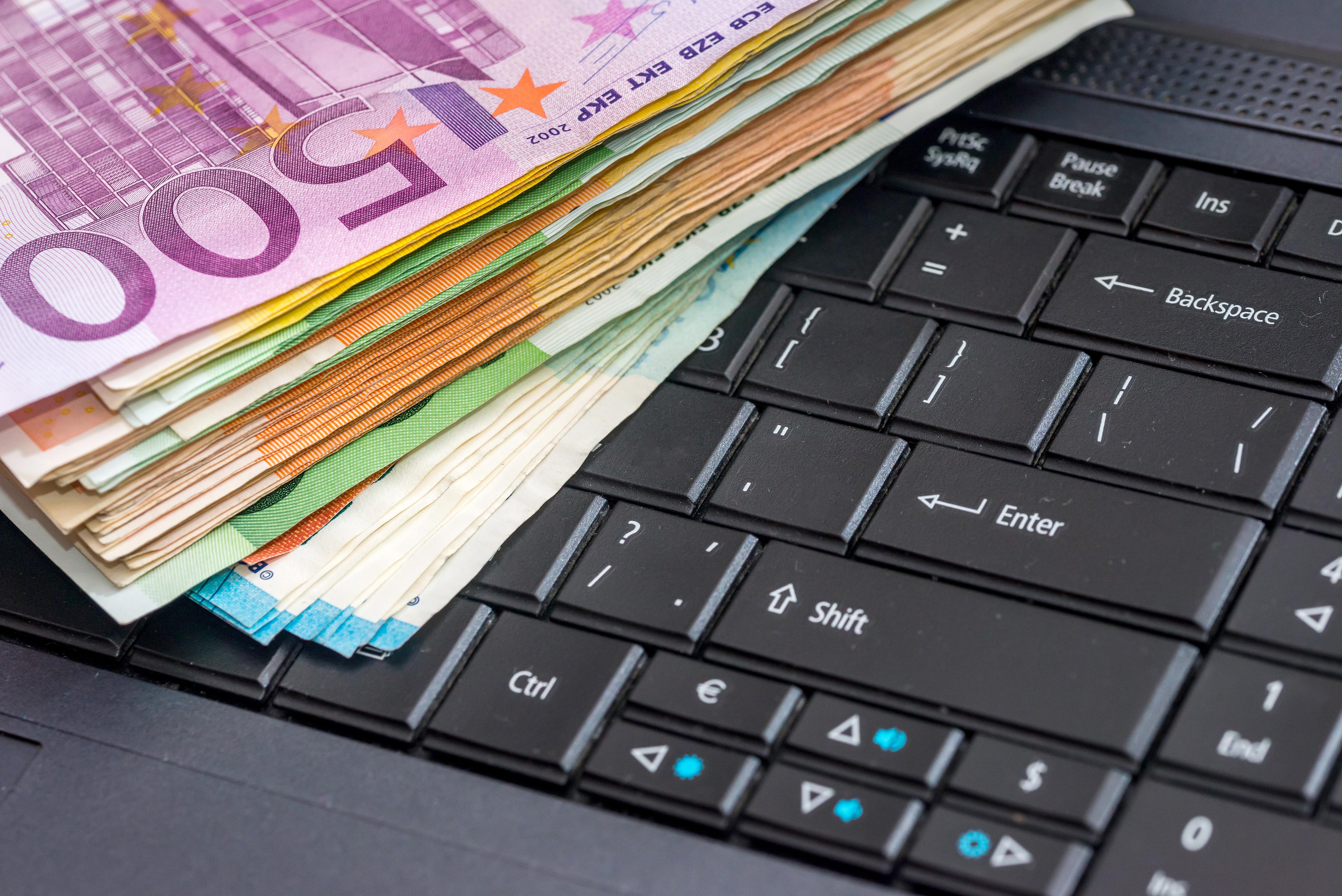To see the original publication of this article visit Biz Report.
Kristina: Already more people are sending online orders to grocery stores, using curbside pickup for restaurants and buying non-essential items online. Do you expect this online buying trend to continue once the imminent threat of COVID19 has passed?
Sree Singaraju, VP Cloud Services, Mobiquity: With experts predicting that getting "back to normal" will require a slow, phased approach, there is reason to believe that demand for digital solutions will persist. However, it is harder to predict if customers will want Instacart shoppers to continue selecting their groceries, for example, as these kinds of personal choices may be harder to relinquish.
For trends such as curbside, order ahead via mobile app and pick up in-store, and automation at in-store kiosks, I believe we will continue to see companies invest in these programs. Consumers' needs and desires for these types of conveniences have not changed. For example, parents with small children still want the option to save time waiting in line by picking up their restaurant meals curbside or at a kiosk.
Kristina: How can retailers improve their mobile app performance to engage mobile shoppers?
Sree: There are three key ways that retailers can improve their mobile app to engage mobile shoppers:
1. Digital payment, much like curbside, has become an accelerator for companies looking to engage mobile shoppers. It will be important for organizations to discern how customers can make a digital payment and get their receipt in a contactless way. Thinking beyond COVID-19, not every customer finds self-checkout easy. People with disabilities or parents with small children will find it easier to digitally pay for their groceries and meals.
2. Another important factor that retailers should consider when thinking about mobile app enhancements is identity verification. Some retailers require a driver's license upon curbside pickup, for example. If they can strategize around how to verify identity in a digital way, this will also create a safer, more seamless customer experience.
3. Lastly, retailers should "API everything." Companies that have created APIs for things like order processing and fulfillment at a restaurant or product search and online shopping carts for retailers will have an easier time integrating digital payment and identity verification solutions into their mobile app.
Kristina: What should a strong digital strategy look like for restaurants?
Sree: Restaurants with strong digital strategies consider every element of the user experience. From a mobile app perspective, organizations should incorporate use cases for loyalty, rewards, digital payment and receipts, and identity verification. Throughout their strategy mapping, restaurants should also make plans now for contactless options so that they are prepared should a crisis like COVID-19 ever happen again. As restaurants begin to launch their digital offerings, it's also important to check in with employees and customers early and often so that changes can be made when necessary.
Kristina: What about for grocery stores and retailers?
Sree: Grocery stores and retailers are finding that the importance of real-time availability is underrated in digital strategies. This has been discovered during the COVID-19 pandemic.
For example, in some instances, Instacart can tell users that a grocery store is only allowing one loaf of bread per purchase. Right now, this is increasingly important for the safety and wellbeing of communities impacted by COVID-19. The ability to easily toggle options on and off can help grocers and retailers keep customers informed. In other recent news, there are concerns that demand for meat may surge as a result of some meatpacking plants experiencing shutdowns due to COVID-19. As this unfolds, there may be increased restrictions around meat purchases. For these reasons, it's important for grocery stores and retailers to incorporate responsive technology into their digital strategies so that they can easily keep customers informed and updated on product availability.
Kristina: What parts of these initial consumer behavior changes do you think will continue post-COVID?
Sree: Consumers will expect retailers to provide them with data that will enable them to make smart decisions for the health and safety of their families. For example, knowing when non-peak hours are for stores will be information that consumers can use to keep themselves safer when planning their next grocery run. Another way that behaviors may change include priority for the at-risk and elderly populations. In some states, retailers have reserved a few hours each week for vulnerable groups to shop for groceries. This kind of priority reserved for people that are more vulnerable is likely to continue and could expand to home delivery, curbside, and other digital solutions. California is one state that has already taken steps to implement a program that gives government aid to restaurants so that they can provide healthy meals to seniors who need them. Lastly, we believe that contactless experiences will be preferred by some for the long-term and companies should prepare to cater to those populations as we continue to flatten the curve.
Leave your details below and we'll be in touch soon.
